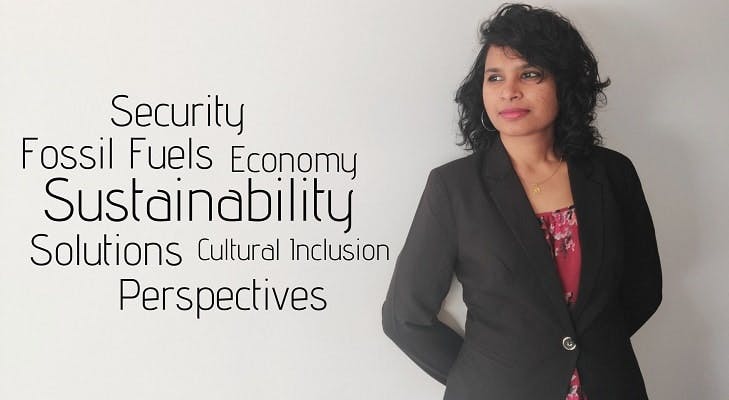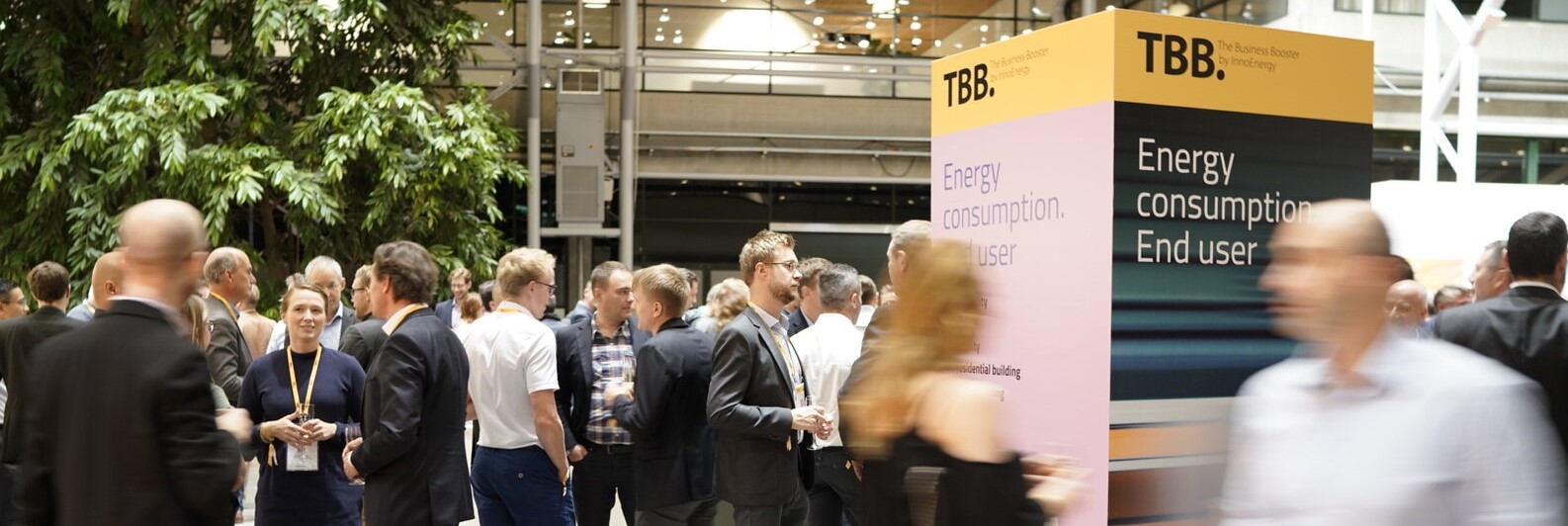InnoBlog: 50 Shades of Sustainability

Prior to beginning my Master’s in Renewable Energy, I believed sustainability had a textbook definition. Using renewable energies, reducing usage of fossils and other commonly spoken solutions were my ‘go-to’ sustainable solutions. In my master’s programme, I have colleagues coming from countries rich in natural resources, and vice versa. Opening up the topic of sustainability in such a crowd, brought in a myriad of ideas and conflicting opinions.
A universal solution
Sustainability at the crux of it means using resources at a suitable rate, allowing nature to replenish these resources naturally. This translates to the most commonly used definition of sustainability: “ensuring there is enough for us and the future generations”.
However, we live in a world where there is a major divide between developed and developing countries, both economically and resource-wise. Having a universal solution catering to both extremes is very difficult to achieve. This matters because the repercussions of unsustainable activities performed by any country, is felt by countries all over the world. To quote Dr. Joseph E. Stiglitz “Carbon-di-Oxide and air pollutants do not have VISA issues. They cross borders easily and affect all of us collectively” a universal solution.
Why having multiple opinions matters
The more I debate the concept of sustainability, the more I realise how it is incorporated in each and every aspect of our lives. There are pre-conceived notions about sustainable solutions, and while they may be accurate, they definitely are not a one stop solution. While some solutions have a great impact in a certain scenario, the same solution will not fit another scenario. To quote an example, what is the most sustainable vehicle in the world? If you think electric vehicles, is it really a solution that can be implemented in a developing country? Economically, it is not feasible. If we go back a century, and think of the Bullock Cart as the most sustainable vehicle, would it really fit into the modern world, where time is considered money? Both these solutions are sustainable and unsustainable, when the scenario changes. This is exactly why debates are of utmost importance in this topic, to ensure a full understanding of the problem in hand.
I believe I am fortunate enough to have such people around me, who make me think of my ideas and solutions from multiple perspectives, until it is broken down and fixed to cater to different scenarios specifically. There is a lot I could mention on this topic, more examples, more situations, but they all come down to the same message: perspective. Ultimately, what I have learnt is not to look at sustainability as a one-stop solution, but as a concept to be shaped to best fit a particular scenario.
Malavika Venugopal, Master’s in Renewable Energy

